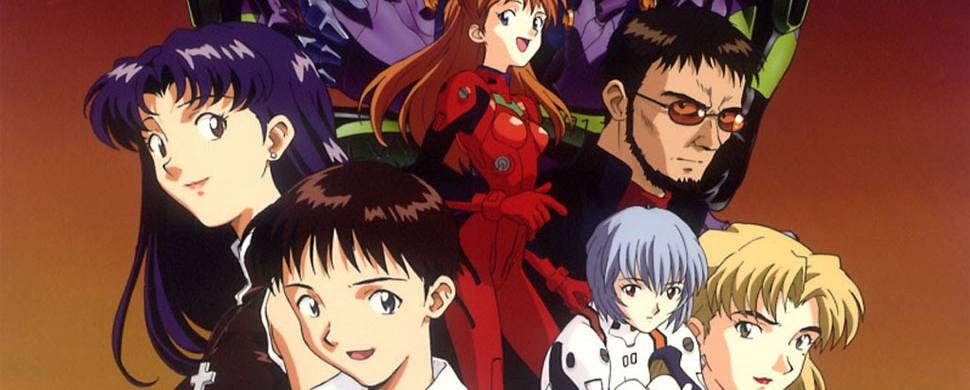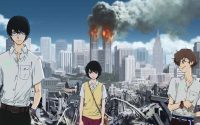Retro Review : Neon Genesis Evangelion (1995)
2015, in Japan. An angel, giant celestial creature, ravage Tokyo 3. Shinji Ikari, a 15-year-old boy arrived there on the orders of his father Gendo, the head of the powerful organization NERV, is forced to drive a metal mecha of flesh, an Evangelion, to destroy the angel. He is about to be killed by the angel when something completely unexpected happens, and the angel is defeated … Other angels will appear, something inside the huge underground bunker of the headquarters of the NERV attracts them. Shinji is not out of trouble. He balks at this very heavy task for his frail shoulders imposed by a father who has never shown him the slightest affection. What is more, it is only the gear of a plan that puts into play the very future of the human species, a plan that has its origins in the disaster that occurred in 2000, the Second Impact: the arrival on Earth of Adam, the first angel, who annihilated half of humanity. In the beginning was a first part similar to mechas anime, these giant anthropomorphic controllable robots. Mechas designed to protect people against threats from other worlds, but not in the ridiculous, heroic and joyous way of Goldorak or others that make us smile today.
The main characters suffer physically and mentally at the same time as their Evangelions when they are wounded or destroyed, and they are difficult to qualify as heroes, the reasons why the public loved them are easily palpable: Shinji, probably the most shy tortured, reluctant and introverted anti-hero of anime (or even fiction) of all time, Rei, the mysterious albino, imperturbable and mute, Asuka the braillarde with the temperament of fire (the fanservice is obviously guaranteed in this which concerns most scenes with these young ladies, Shinji often blushes in their presence), Misato the hyper-competent strategist but emotional and sentimental life as messy as his apartment crumbling under cans of beer and cans of curry rice, as well as a whole team of scientists who hide their game well, so much so that we wonder who has the most troubled past, not to mention the mysterious SEELE and Gendo, this father who never fulfilled this role because too preoccupied by his designs, walled behind his tinted glasses and his white gloves …

There came a second part, less and less funny, more and more mystical, with many Biblical and Kabbalistic references (some Christian symbols are used in a particularly morbid way, like the cross formed by the explosions or that carried by Misato in memory of the dead of the Second Impact more than by religious conviction), masterfully set to music, much less understandable at first, without speaking of a rather controversial end, resolved with two movies definitively to appease the rabid fans. One day I will manage to get by with all these debates … An animated series of sumptuous anticipation, from a graphic point of view as well as a musical orchestration, with superbly worked characters and a detailed scenario full of surprises. That said, Misato has not kept her promise, we are still waiting for her to take off the top …


